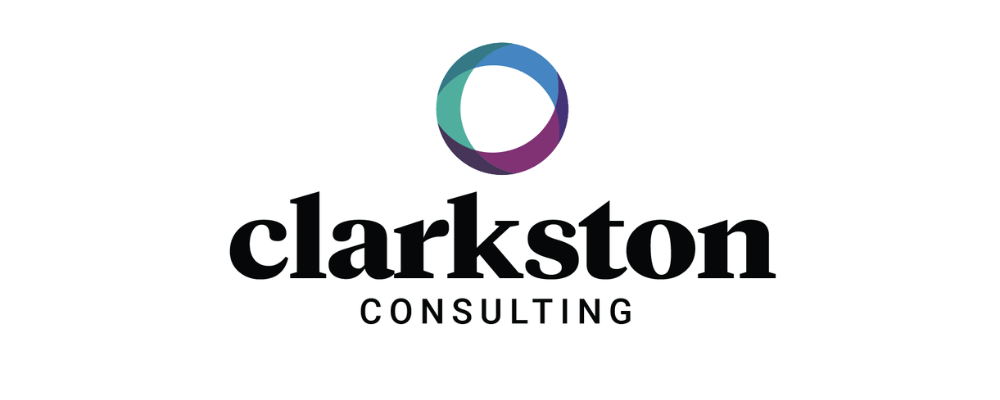It appears the metaverse is dominating conversations and news headlines more and more, but perhaps for all the wrong reasons. You’ve probably seen some of the latest updates, like Zuckerburg burying the metaverse and Microsoft saying “see ya” to it. While there is truth to these updates and they are, no doubt, important developments, I believe the reality is a little bit more nuanced. Below, I’m providing some of my perspectives of what’s happening with the metaverse and what we can expect next:
- The metaverse is not a monolithic thing but rather a loose collection of various technologies like AR/VR (called XR), digital twins, and game-based experiences like Roblox, Decentraland, etc. The success or failure of the metaverse, and in turn, these technologies, is not directly tied to the performance of Meta the company.
- The media has been focusing on the idea of people using virtual reality (VR) goggles and haptic suits to conduct their daily transactions in an alternate reality, like the one in Spielberg’s Ready Player One. However, this idea is unlikely to materialize in the short term, if at all. Nevertheless, there is a generation of kids who grew up playing immersive games and may find VR natural for some aspects of their transactions. It could be getting introduced to new products or brands, accessing customer service virtually (instead of the phone or chat), attending college courses, or attending a concert on Roblox. It remains to be seen how this will play out.
- I believe the metaverse is currently in the “trough of disillusionment” following the “Peak of Inflated Expectations” phase. An interesting equivalent is called Amara’s law that says that “we overestimate the impact of a new technology in the short run while underestimating it in the long run.” For some comparison, I think generative AI is currently in the “peak of inflated expectation” phase and could move into the disillusionment phase as people and companies grapple with some of the unintended consequences and the government starts figuring out how to draw the boundaries. There are already some cries requesting a temporary pause on this until the government agencies figure out checks and balances. Having said that, unlike the metaverse though, there are many obvious and substantive use cases with generative AI, and a move from disillusionment to “slope of enlightenment” could be rather quick.
- While the consumer side of the metaverse is struggling, there have been some small but significant advances on the enterprise/industrial front. The main use cases include digital twins (DT) for simulating products, facilities, and supply chains; using VR for immersive training to reduce costs and potentially increase retention rates; and using augmented reality (AR) for guided tasks on the shop floor. Of these, I think the concept of digital twins is going to be the biggest opportunity for companies across industry. We see the concept of digital twins emerge in two forms. One, leveraging a DT before a product is physically prototyped and subsequently produced at scale, leading to significant reduction in the cost of bringing out a product to the market; and two, creating a digital twin of an existing product/process and feeding it with real-time data from the field and predicting future events (equipment failure etc.).
- Lastly, you might have heard that Apple is expected to launch its own MR (Mixed Reality) headset this summer according to Bloomberg. If that does happen, it could prove to be a disruptor from a device perspective and could accelerate some of both the consumer and enterprise use cases.
Looking Ahead: What’s Happening With the Metaverse?
The metaverse is not an all or none thing, so don’t be disillusioned by all the negative PR. There are substantive applications of it from the enterprise/industry perspective. I encourage companies to keep an eye on the developments in this area and consider making small but focused investments. A few points to get started.
- First and foremost, get smarter around digital twins (more on this to come). Start thinking about some potential applications. For example, are there pieces of your supply chain that could benefit from having a digital twin?
- If you have a geographically distributed and remote team, consider some of the more immersive meeting and collaboration options with VR.
- Do your employees or partners need to be trained in complex equipment or devices on the shop floor or on the field? Can some of these be rendered virtually with replicas of these via VR?
- While we are all endlessly enamored by generative AI (ChatGPT), keep an eye on applications of this on the enterprise front.
By: Clarkston Consulting.
“At Clarkston Consulting, we make our clients’ purpose our purpose. Since 1991, we have worked with global life sciences, consumer products, and retail companies to advance their most complex global priorities.”
Please visit the firm link to site



